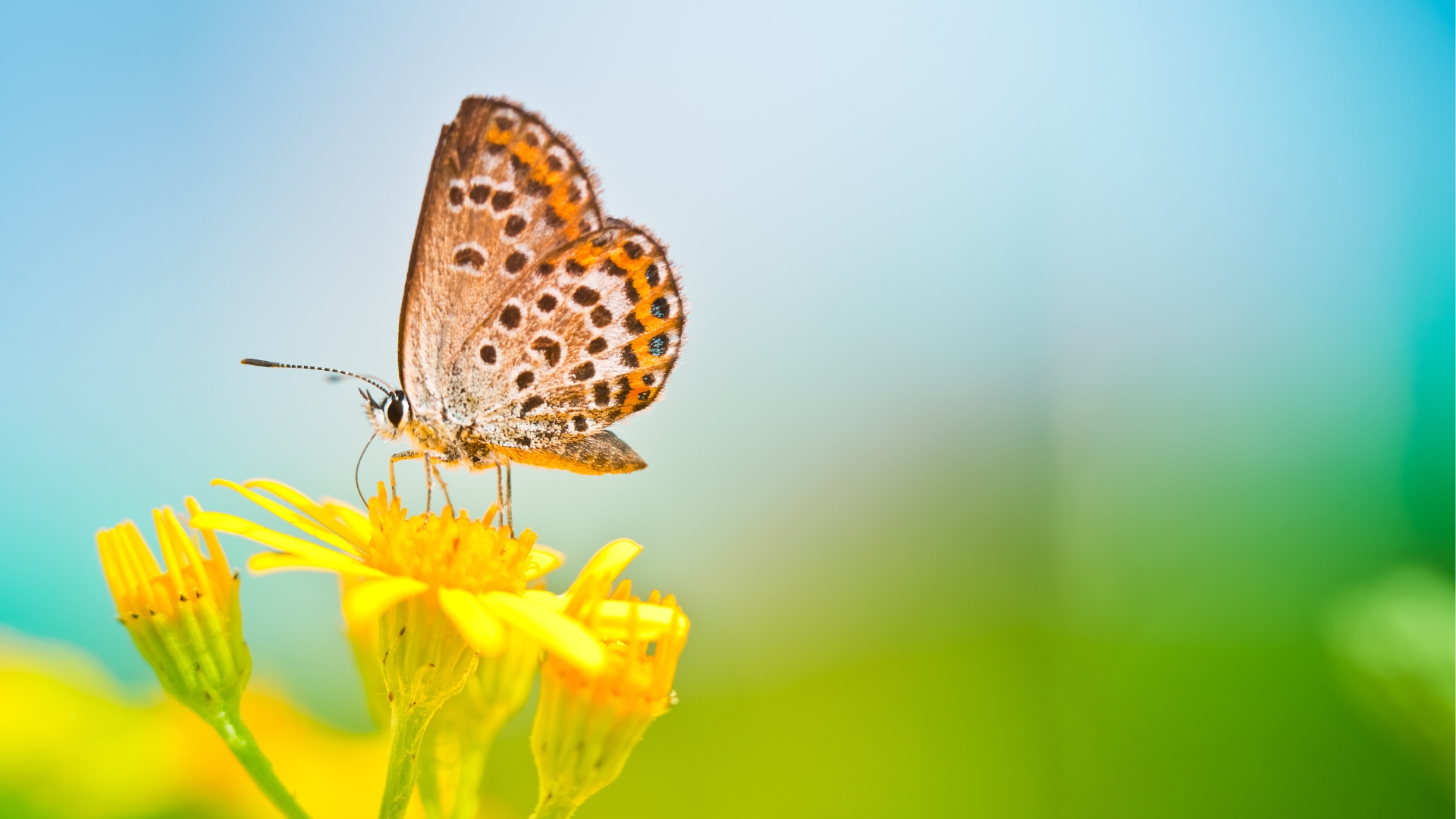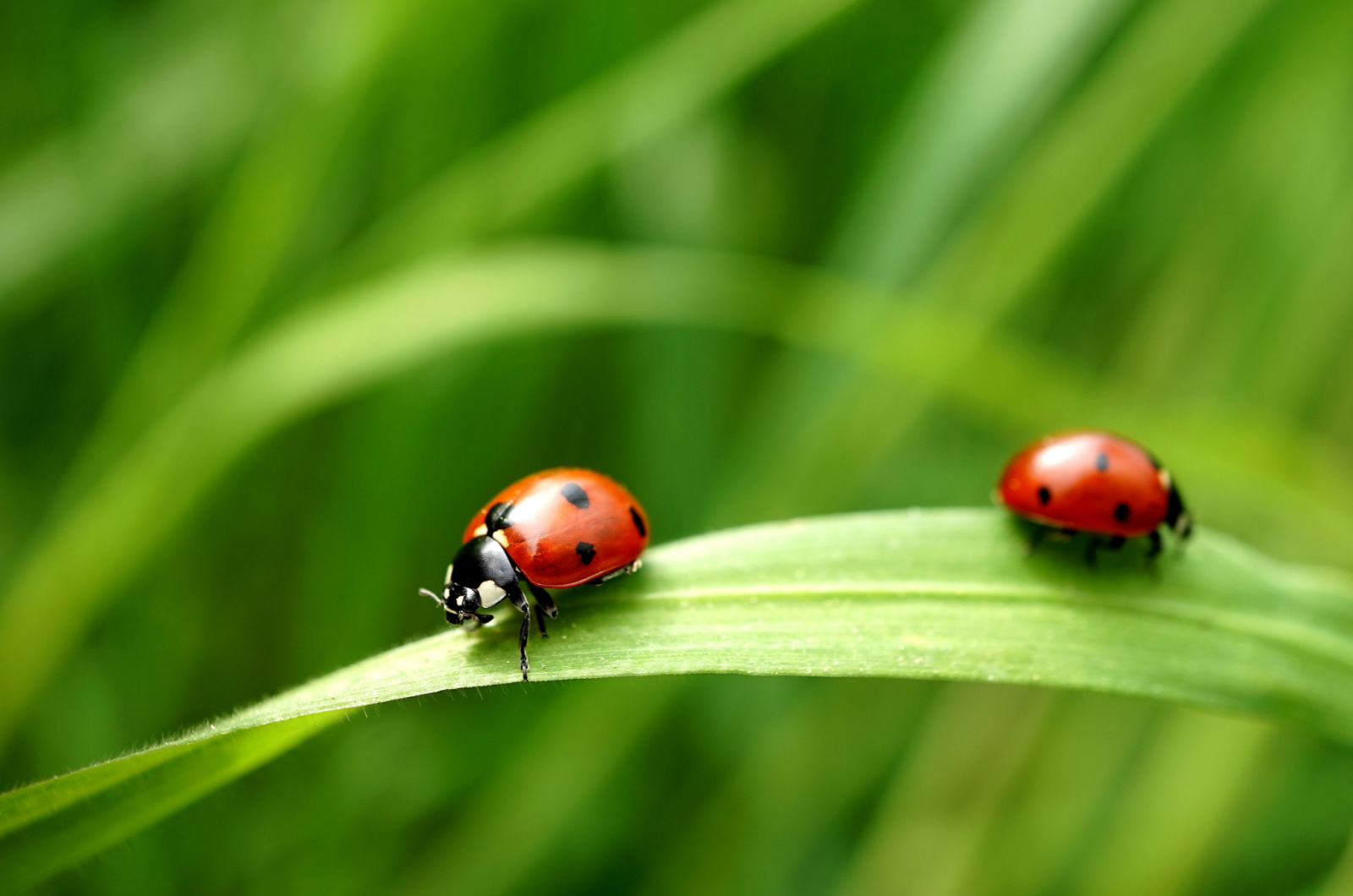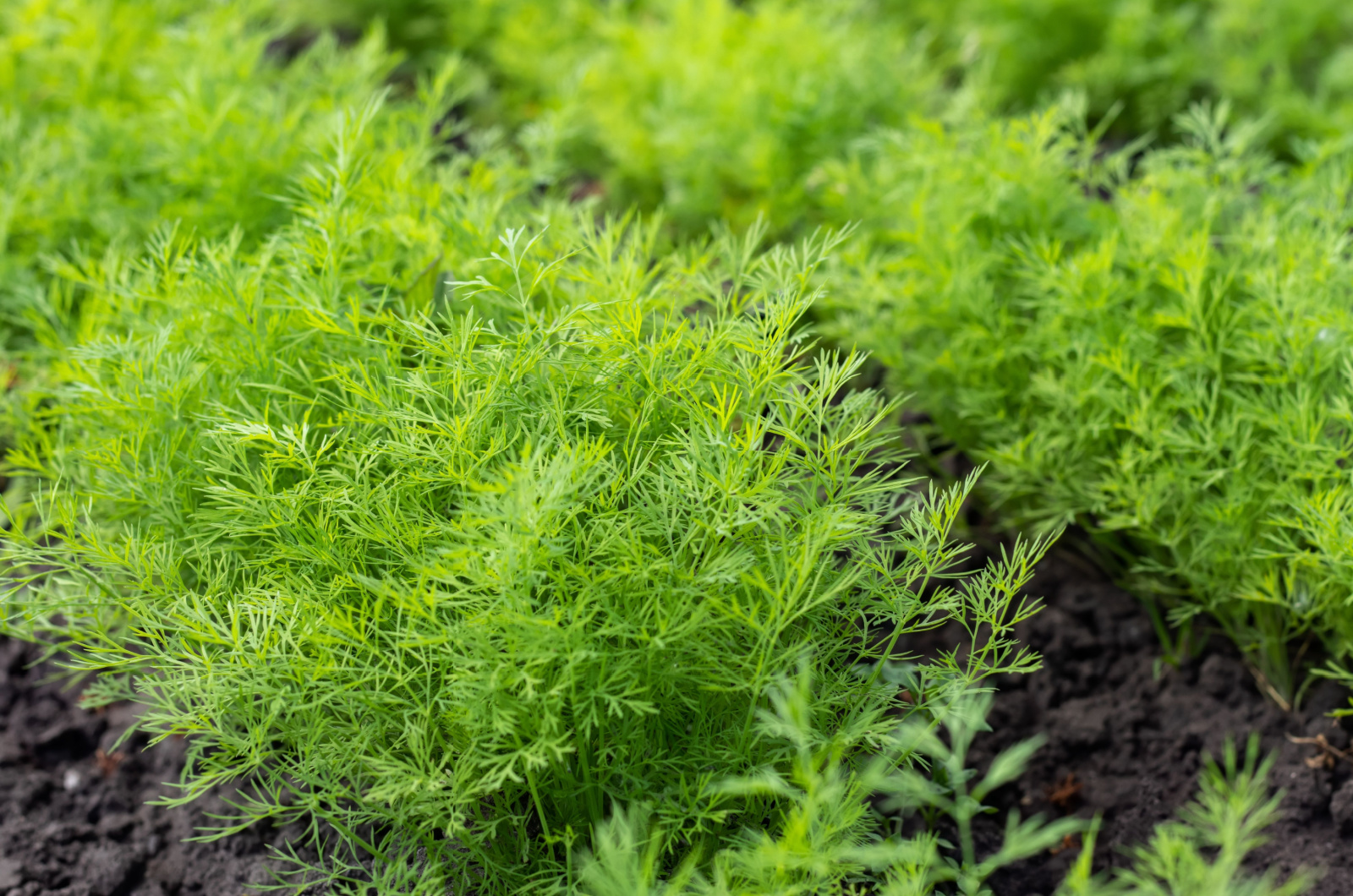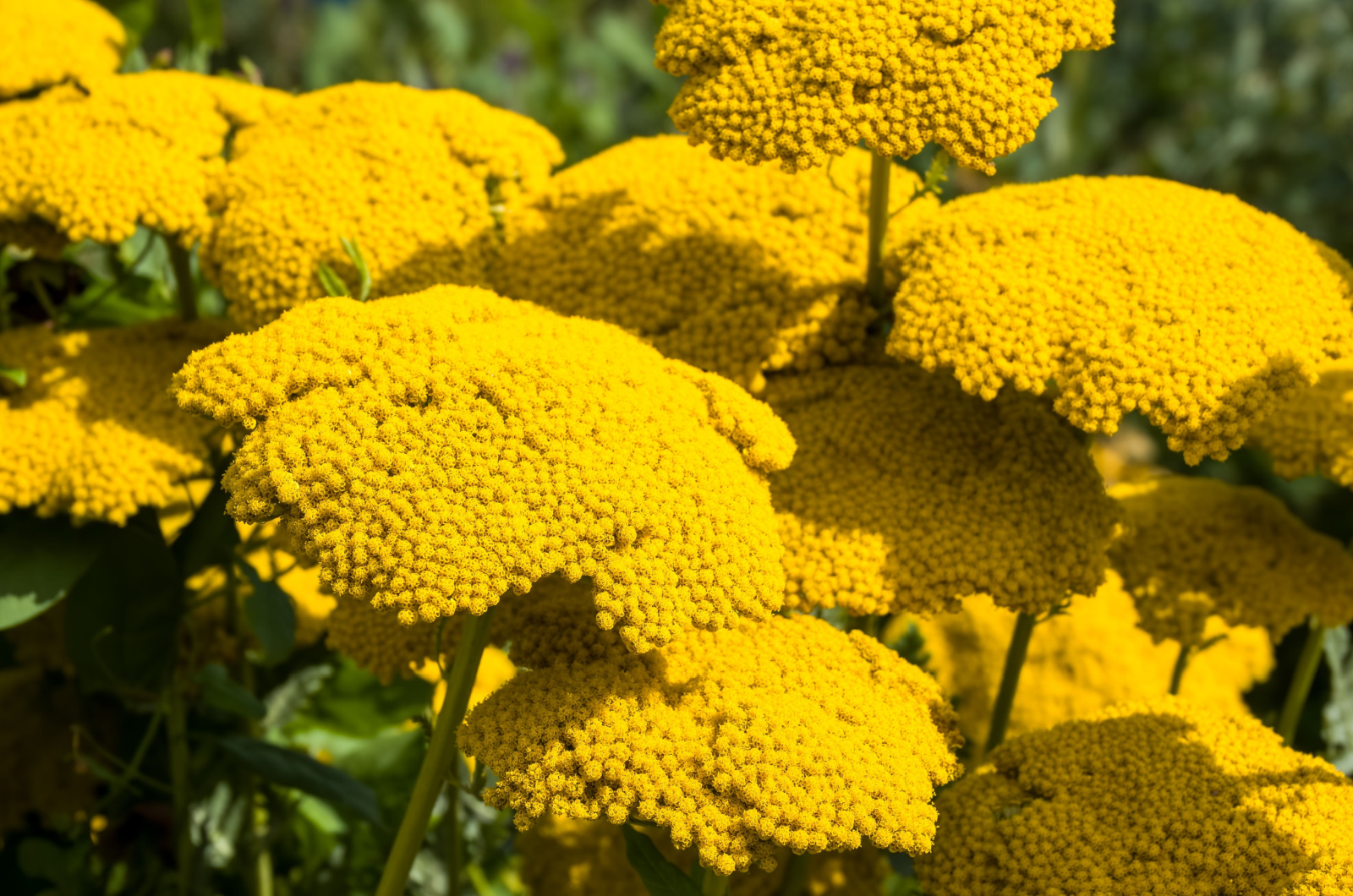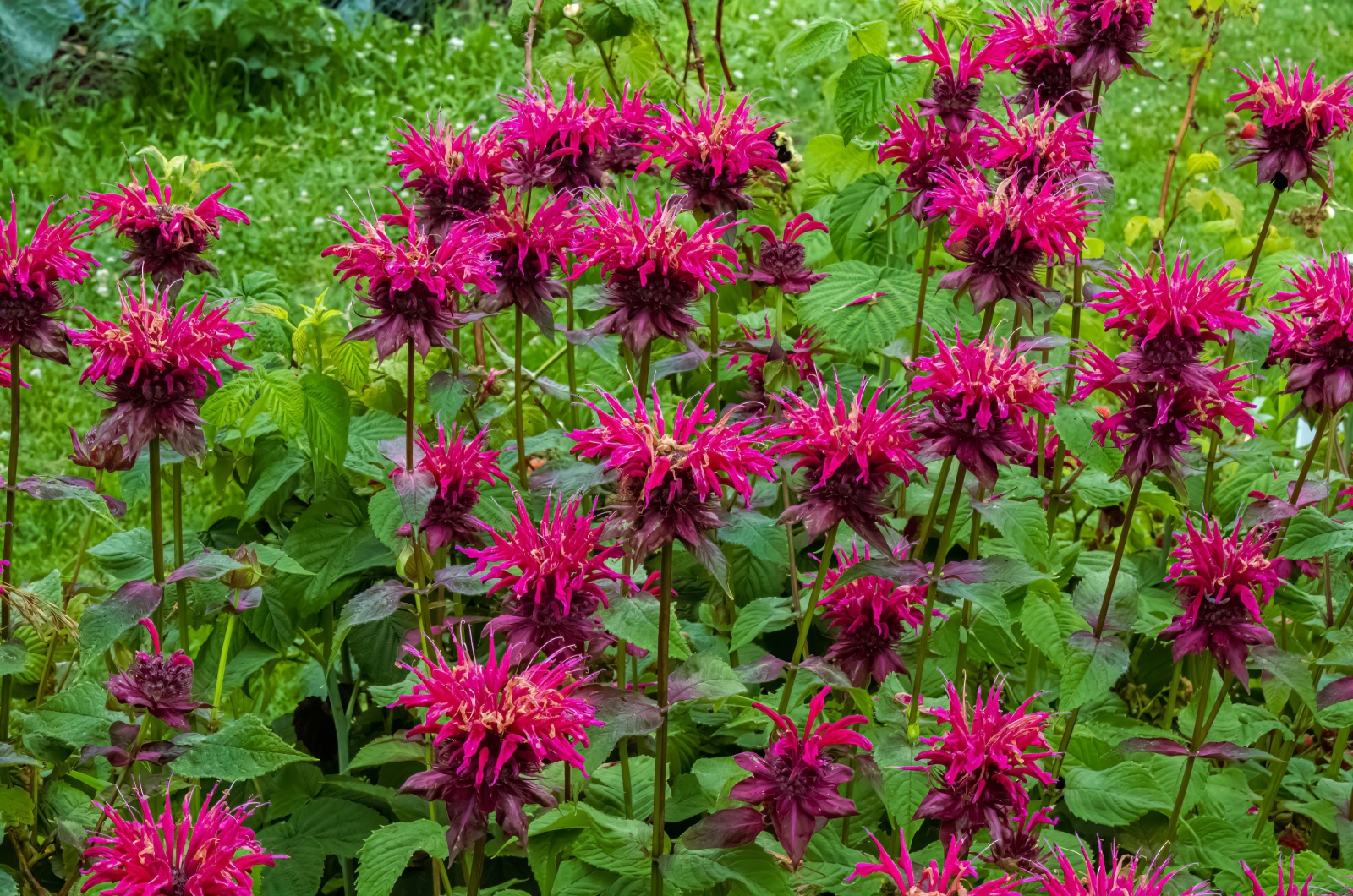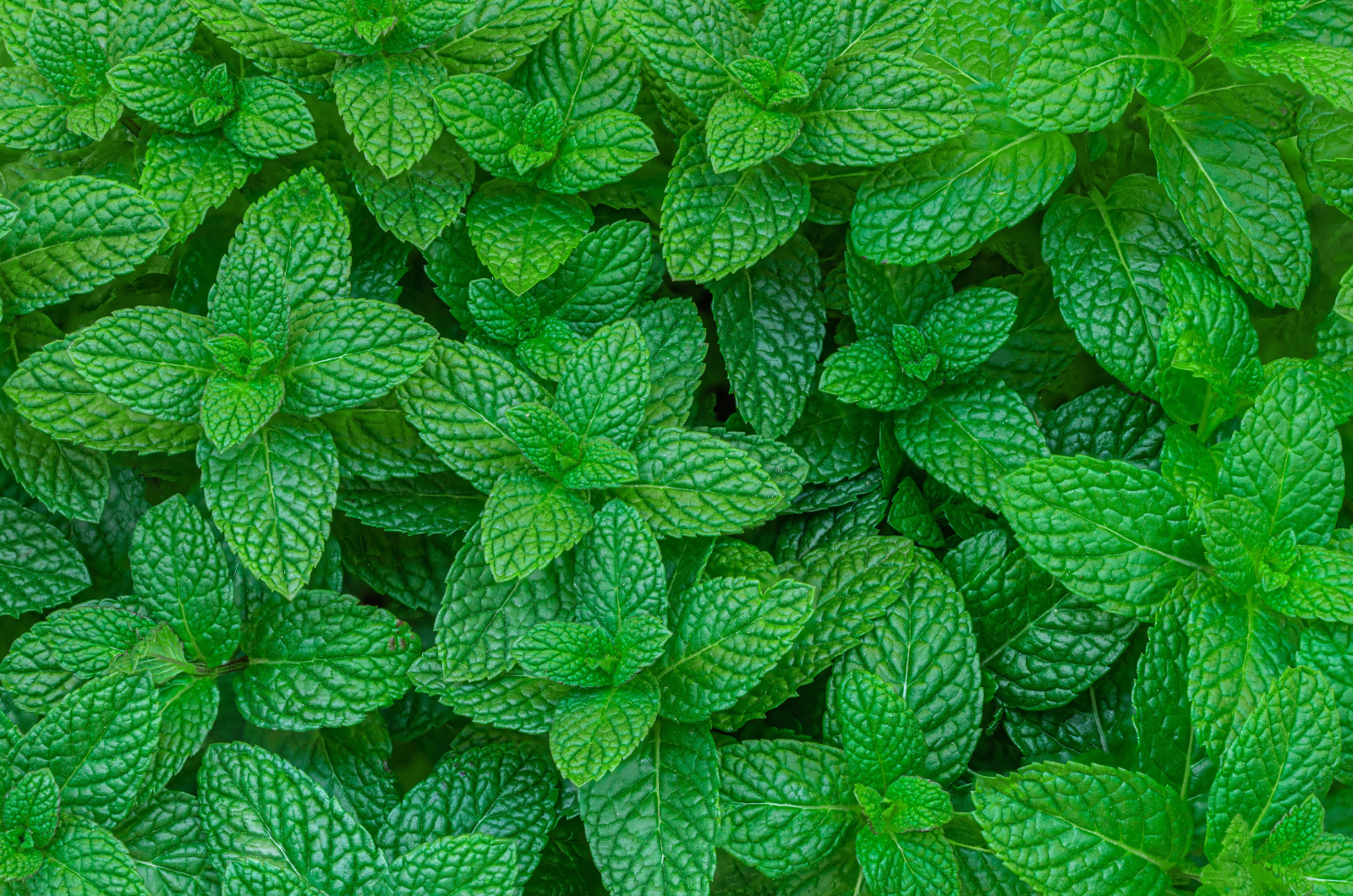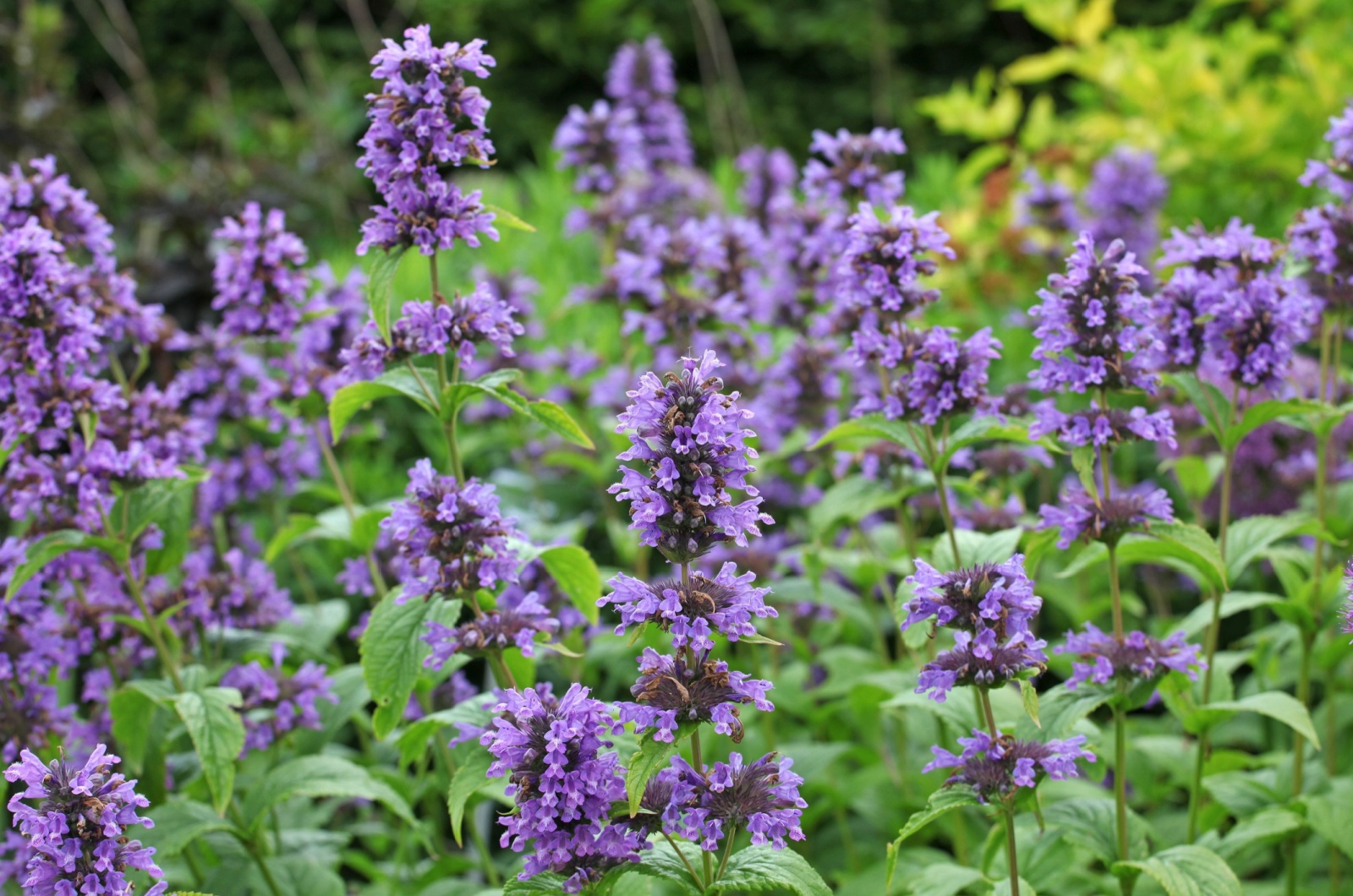Looking for herbs that not only elevate your cooking but also attract helpful insects to your garden? If so, then you’ve come to the right place!
Natural pest control is free and effective. The trick is to plant specific herbs that will help you attract beneficial insects to the garden. These herbs have unique fragrances that bugs absolutely adore, which is why they’ll stick around for the whole season.
In this article, we are going to talk about herbs that act as natural pest control, creating a healthier and more vibrant garden. Let’s use the power of herbs and foster a friendly ecosystem!
What Bugs Are Beneficial For The Garden?
Not all bugs in the garden are bad; in fact, some are necessary for pollination and proper growth of your plants. Bugs like bees, ladybugs, moths, butterflies, and parasitic wasps are some of the good guys that provide valuable services to the garden.
We usually group them into pollinators and predators.
Pollinators are insects that spread pollen from one flower to another, aiding the fruit production. These include butterflies, bumble bees, honey bees, and, in some cases, hummingbirds. Without pollinators, we wouldn’t be able to eat delicious fruits and veggies.
Predators are types of insects that feed on common garden pests and prevent them from damaging the plants.
These include insects that eat other bugs like spiders, hoverflies, ladybugs, and praying mantises, but also those that are parasitizing others, such as parasitic wasps and flies.
This is why biocontrol (the use of beneficial insects to reduce unwanted pests and diseases in the garden) has gained popularity in the gardening community.
With biocontrol, you won’t have to spend money on pesticides and insecticides that could potentially harm your plants and other beneficial insects.
Related: Top 10 Plants For Fall Pollinators
1. Dill
Dill is known for its feather green foliage and delicate yellow flowers that attract ladybugs, lacewings, hoverflies, and some predatory insects that feed on cucumber beetles, thrips, aphids, and mites.
Both native and honey bees are drawn to this delightful herb, so you won’t have to worry about pollination at all!
Since this is a self-seeding plant that will grow back year after year, it’s best to plant it in the right spot. Dill likes well-draining soil and a lot of sunlight. Grow dill in raised bed corners or at the rows end. Consider growing some dill companion plants nearby.
2. Cilantro
Cilantro, also known as coriander when it produces seeds, boasts vibrant green leaves and tiny white or pink flowers. Its fresh, citrusy aroma is a culinary delight, which is why it is often added to salsas and other sauces.
Cilantro blooms attract various pollinators and predatory insects, most commonly ladybugs, lacewings, syrphid flies, and parasitic wasps. Together, they can reduce cabbage moths, spider mites, aphids, and potato beetles.
Growing cilantro is quite easy – plant it around border beds or in raised beds without worrying about other plants. Since cilantro has an uncompetitive nature, it won’t bother other crops nearby.
3. Yarrow
This hardy herb is known as the most promising natural enemy of veggie pests. Yarrow, with its clusters of small, tightly packed flowers, attracts bugs like bees, ladybugs, syrphid flies, damselflies, beetles, and braconid wasps.
These natural predators protect your crops from pests like aphids, tomato hornworms, and flea beetles.
Although it is not commonly used for its culinary purposes, yarrow is renowned for its medicinal properties and is frequently used in traditional medicine. Plus, its unique flowers are often used as cut flowers as well!
Row ends and garden margins are perfect for growing yarrow. Don’t worry about the soil conditions since these herbs can thrive in poor soils. Consider planting some yarrow companion plants close by.
Related: 11 Benefits Of Adding Yarrow To Your Outdoor Garden
4. Bee Balm
Bee Balm, also known as Monarda, produces showy, tubular flowers in red, pink, or purple colors that beneficial insects absolutely adore!
Butterflies, hummingbirds, predatory beetles, moths, and beneficial flies are simply drawn to them. Its aromatic leaves can repel pests like spider mites, whiteflies, and aphids – these can also keep deer and rabbits away from your garden!
Plant bee balm in border beds around your veggies, making sure that it receives partial to full sun. Avoid growing it in vegetable beds because it grows up to 4 feet tall and wide.
Related: 5 Reasons Why Bee Balm Should Be Grown In Every Backyard
5. Mint
Mint is a popular herb known for its unique leaves with a mesmerizing aroma and lovely white flowers that insects often use as a nectar source.
Beneficial wasps and flies, along with famous predatory insects called Nesidiocoris tenuis, are all attracted to mint species. Additionally, mint’s strong essential oils help keep many types of pests away from the garden.
Although invasive, mint is often grown in gardens and containers due to its many benefits – you can add it to cocktails, dressings, marinades, pestos, and also make soothing tea with it.
You can grow it in containers to prevent spreading, just make sure that the soil is suitable for growing mint in it. Avoid planting mint in your vegetable garden because it will end up spreading all over, suffocating your other plants.
Also read: How To Properly Harvest And Store Mint
6. Anise Hyssop
Anise hyssop is a delicate herb with purple flowers and anise-scented leaves that are both visually appealing and aromatic. These lavender-like flowers act as magnets for bees, attracting over 30 different species.
In addition to bees, butterflies and predatory beetles also adorn Anise hyssops and their juicy, nectar-rich flowers.
Besides its garden benefits, you can use hyssop leaves and flowers for culinary purposes and as a garnish. Just make sure to grow it in full sun – plant it on borders close to annual beds. It will also grow well in wildflower gardens or open meadows.
7. Chamomile
We are ending our list with delightful chamomile!
Besides making chamomile tea, this herb is known to be a valuable food source for beneficial insects like ladybugs, bees, hoverflies, and wasps. Plus, its soothing fragrance helps deter mosquitoes and other pests.
You can grow chamomile companion plants nearby – onions, cabbage, and other herbs can help each other grow and thrive!
Make sure that your chamomile is growing in full sun and well-draining soil. It will self-seed so you won’t have to worry about replanting it the next season. Chamomile has shallow roots so it can be easily pulled out of the soil.
Related: Get A Pollen Paradise With These 10 Best Flowers For Bees

